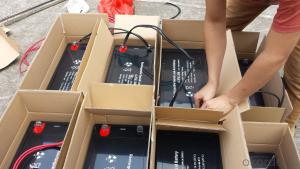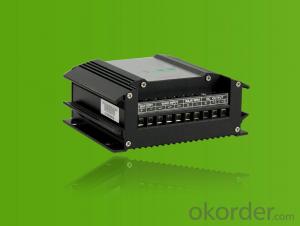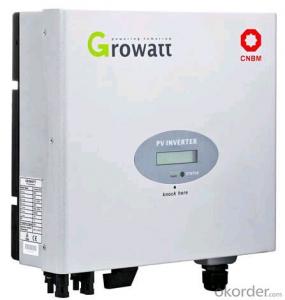Hybrid Solar Inverter
Hybrid Solar Inverter Related Searches
Canopy For Solar Inverter Awning For Solar Inverter Solar Inverter For Rv Inverter For Solar Quality Solar Inverter Best Solar Inverter In Kerala Top Solar Inverter In Pakistan Plug In Solar Inverter Solar Inverter In Pakistan Spd In Solar InverterHot Searches
Type Of Inverter For Solar Types Of Inverter For Solar Used Solar Inverter For Sale Inverter Size For Solar System Solar Edge Inverter For Sale 5kw Solar Inverter For Sale Solar Inverter For Sale Solar Inverter For Battery Solar Inverter For Split Ac Solar Inverter For Laptop Solar Inverter For Fridge Solar With Inverter Price Solar Inverter With 2 Battery Solar Inverter With Ac Outlet Solar Inverter Price In China Best Solar Inverter In China Solar Inverter Price In Dubai Solar Inverter Price In Uae Solar Inverter Price In Kenya Solar Inverter For FridgeHybrid Solar Inverter Supplier & Manufacturer from China
Okorder.com is a professional Hybrid Solar Inverter supplier & manufacturer, offers integrated one-stop services including real-time quoting and online cargo tracking. We are funded by CNBM Group, a Fortune 500 enterprise and the largest Hybrid Solar Inverter firm in China.Hot Products
FAQ
- Yes, a solar inverter can be used with a solar-powered air conditioner. A solar inverter converts the direct current (DC) produced by solar panels into alternating current (AC) which is required to power the air conditioner. By using a solar inverter, the solar power generated can be utilized efficiently to run the air conditioner, making it a sustainable and cost-effective solution for cooling.
- The role of galvanic isolation in a solar inverter is to provide electrical safety and prevent potential hazards. It separates the input and output circuits electrically, using transformers or optocouplers, to eliminate any potential voltage differences, ground loops, or electrical noise that could cause damage to the inverter or connected devices. Additionally, galvanic isolation helps to protect against electric shocks and ensures the safety of both the system and individuals working with or around the solar inverter.
- Yes, a solar inverter can be used with solar-powered signage systems. Solar inverters are essential for converting the direct current (DC) generated by solar panels into alternating current (AC) that can be used to power electrical devices, including signage systems. The inverter ensures efficient utilization of solar energy and allows for seamless integration of solar power into signage systems.
- No, a solar inverter and a string inverter system are two different types of inverters used in solar power systems. They cannot be used interchangeably as they have different functionalities and are designed for different types of solar installations.
- There are several types of solar inverters available, including string inverters, microinverters, and power optimizers.
- The maximum efficiency rating of a solar inverter can vary depending on the specific model and technology used, but generally, the highest efficiency ratings can range from 95% to 99%.
- The key factors affecting the installation process of a solar inverter include the location and orientation of the solar panels, the size and capacity of the inverter, the electrical infrastructure of the building, the type of mounting system used, and compliance with local regulations and building codes. Additionally, factors such as shading, temperature, and maintenance accessibility should also be considered during the installation process.
- A solar inverter handles islanding detection and prevention by constantly monitoring the grid and its own power output. If it detects a loss of grid connectivity, it initiates a process called anti-islanding, where it stops supplying power to the grid to prevent the formation of an island. The inverter accomplishes this by monitoring the frequency and voltage levels of the grid, and if it detects a deviation beyond a certain threshold, it disconnects from the grid within a specific timeframe. This ensures that the inverter does not continue to supply power to an isolated grid, which could pose safety risks to utility workers and damage electrical equipment.













































